AVRO ASTRAL B Mk 1
In the late 60s, following the Vulcan’s enforced switch from high altitude to low level operations, the AVRO Company, ever sensitive to changing combat scenarios, realised the importance of a stealthy, nuclear capable heavy bomber. The company decided to make the most of their lead in delta wing technology and put their R&D Department to work, giving their designers free reign. The result was a surprise even to the most forward thinking among the AVRO management, being essentially a flying wing with four separate 90° rotating bomb bays capable of carrying nuclear or conventional weapons. In addition, two outboard rotating pylons could mount AAMs as and when needed.
Various technologies were studied in order to make the aircraft difficult to pick up on radar, including a special paint containing small metal particles designed to reflect radar waves in myriad directions within the coating, so diminishing the amount of radar energy directly reflected back to the transmitting antenna. The six Rolls Royce engines were embedded within the wings to avoid the common problem of rotating blades increasing radar cross-section due to their being a highly efficient reflective surface, and the exhaust gases were dissippated and cooled by deflector blades mounted horizontally on the rear engine exhaust cowling.
To increase lift and improve low speed manoeuvrability, the compound profile wing was equipped with blown “Hyper-Lift Surfaces” as opposed to conventional flaps. This was done to avoid the increase in sink-rate associated with fully deployed conventional flaps, because without an established tailplane the aircraft would nose down heavily. Conventional airbrakes were positioned on the upper inboard wing surface. A retractable air to air refuelling probe was fitted on the starboard side of the nosecone as standard equipment.
From the outset the aircraft was designed to be fully supersonic, and was capable of speeds in excess of M 1.0 at sea level and M 2.5 at altitude.
The crew of four, two Pilots, a Navigator and a Weapons Systems Operator, had Martin-Baker Mk 7A ejection seats, and were housed in a spacious, two row side-by-side configuration cockpit equipped with the most modern available avionics suite. The canopy and transparencies were treated with a Tin Iridium Gold (TIG) coating to reduce glare.
Armament could be 4 nuclear stand-off weapons or the equivalent weight in conventional bombs/missiles housed in separate rotating bays in the fuselage underbelly. Two rotating pylons were plumbed for a variety of passive, semi-active, or active homing AAMs. Two chaff dispensers were located on the upper wing surface and two flare dispensers on the aft spine.
Nose wheel steering on the stick,
AG1+VTOL Rotate Weapons Bays
AG2+VTOL Deploy Hyper-Lift (HLS) Surfaces
AG3+VTOL Airbrakes
AG4+VTOL Retract/Deploy Refuelling Probe
AG5 Brake Chute
AG6 Countermeasures
AG7+VTOL Raise Lower Crew Compartment Ladder
AG8 Nav/Position Lights
FLIGHT MANUAL
TAKEOFF
VTOL Forward (Z)
AG1 to raise weapons;
AG2 to deploy Hyper Lift Surfaces (HLS);
AG4 to retract Refuelling Probe
AG7 to raise Crew Compartment Ladder
After Lift Off, AG2 to stow Hyper Lift Surfaces. (The HLS can be used at any time in flight to improve nose up capability).
Although weapons may be fired from the internal bays, if you want to lower the bom bays for more realism, remember to deactivate everything but AG1 and use VTOL Down (X).
LAND
Throttle between 8 and 5%;
HLS deployed;
Airbrakes as desired;
Chop throttle when established over runway;
Brake Chute and Braking as desired.
Enjoy and please comment.
Specifications
Spotlights
- Razor3278 7.6 years ago
General Characteristics
- Created On Windows
- Wingspan 96.0ft (29.3m)
- Length 35.3ft (10.7m)
- Height 12.2ft (3.7m)
- Empty Weight 35,744lbs (16,213kg)
- Loaded Weight 60,703lbs (27,534kg)
Performance
- Power/Weight Ratio 3.331
- Wing Loading 75.4lbs/ft2 (367.9kg/m2)
- Wing Area 805.6ft2 (74.8m2)
- Drag Points 15940
Parts
- Number of Parts 210
- Control Surfaces 14
- Performance Cost 1,627

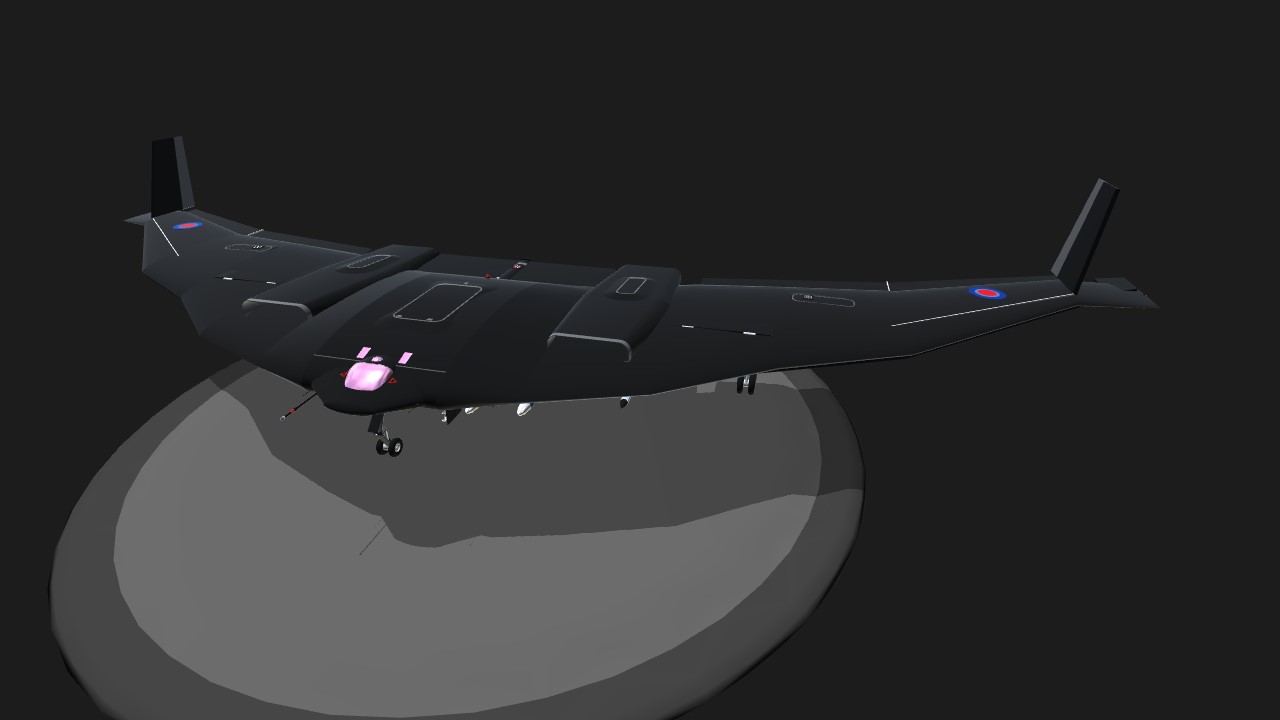
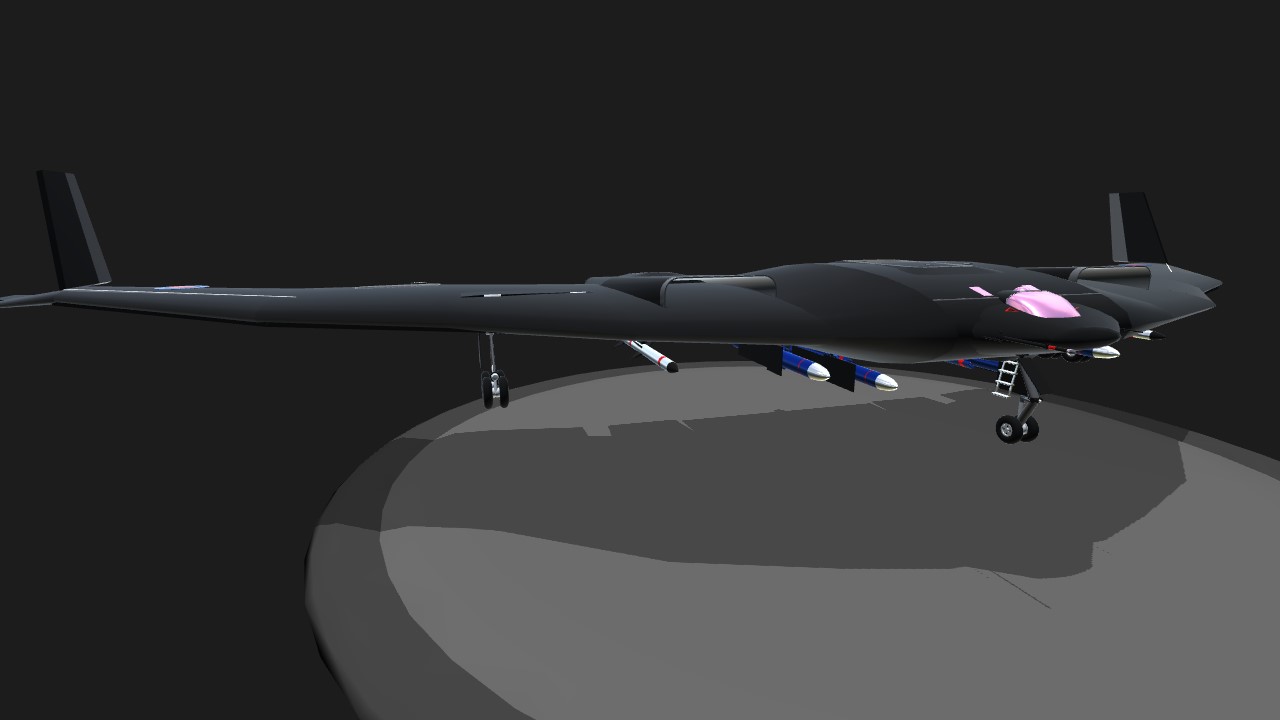
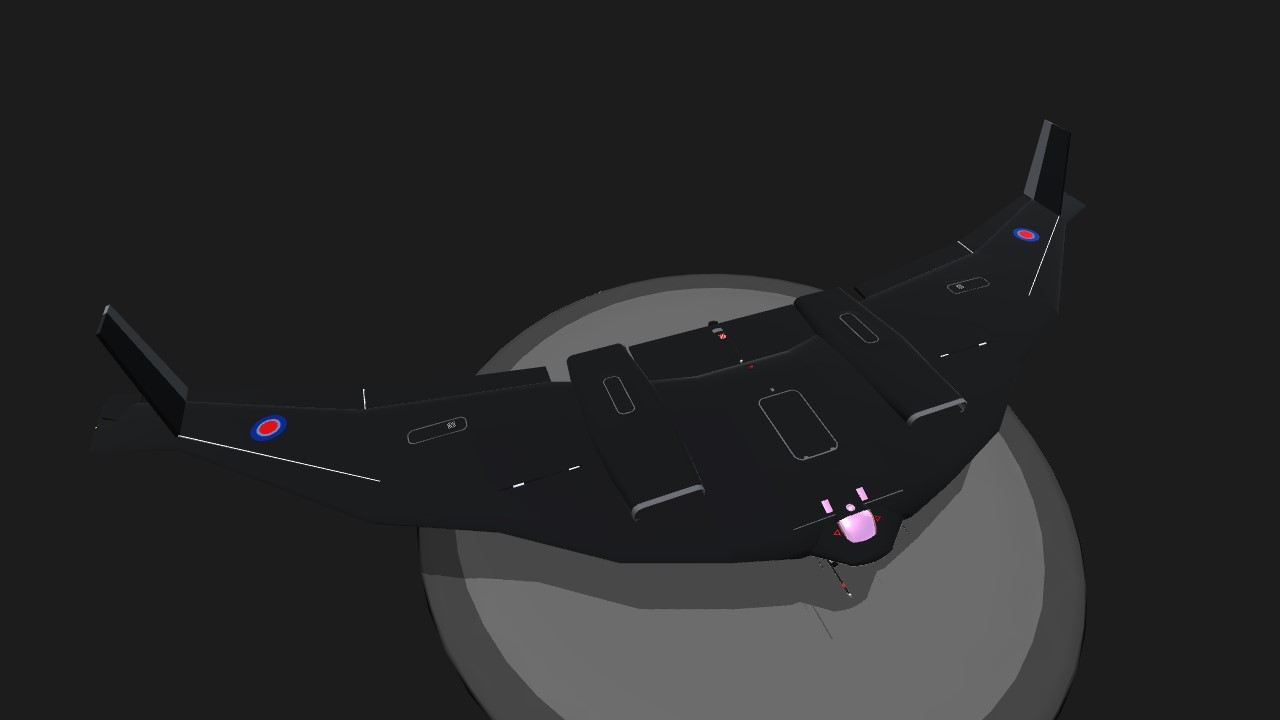
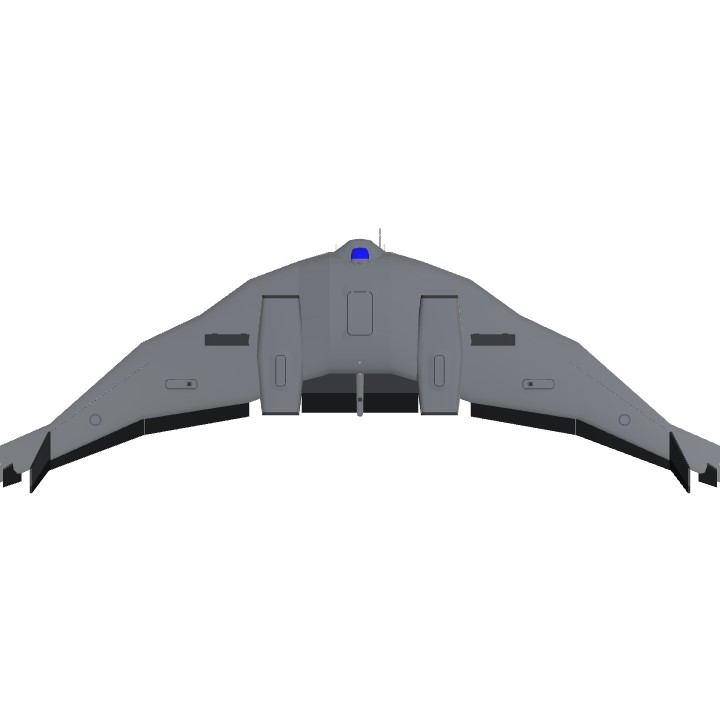
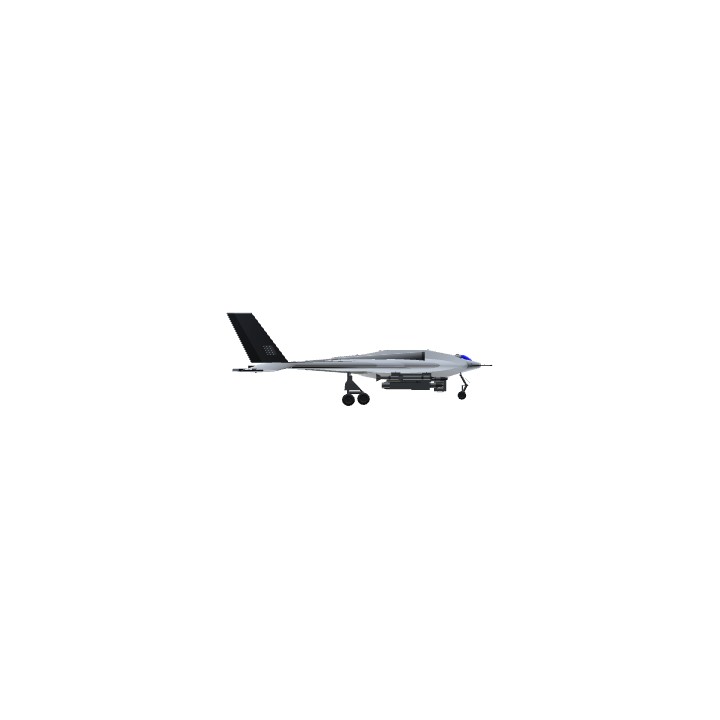
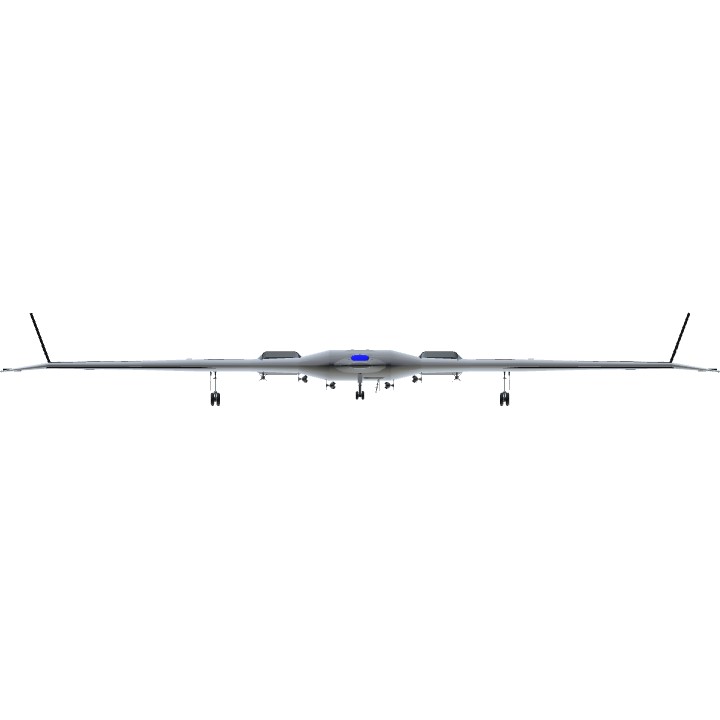
@Alien np, I love your builds!
@Ruimtevaart thanks, young lady!
Nice!
Thanks man! Appreciate it @Razor3278
W O W